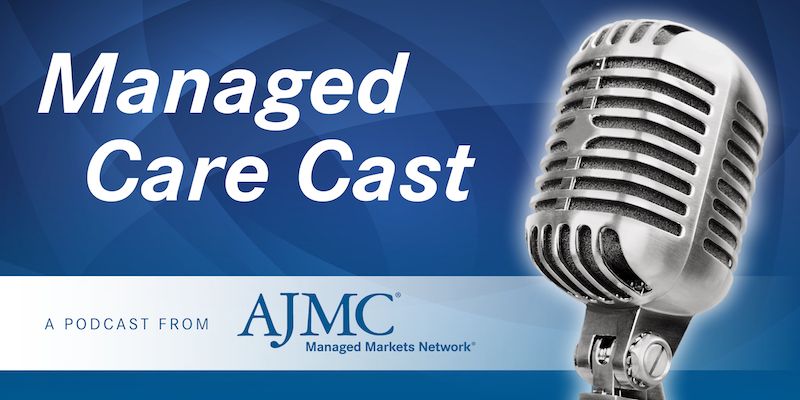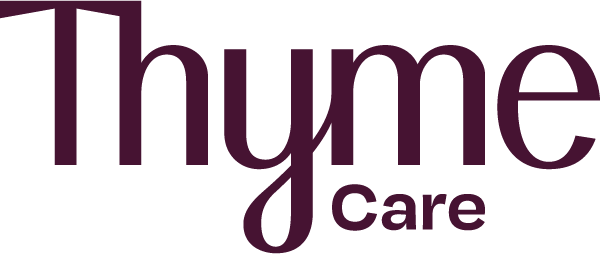Article
New Payment Model Coordinates Addiction Health Services, Incentivizes Recovery
Author(s):
A new payment model bridges services in the clinical setting and the community to improve outcomes for patients with substance use disorder.
The number of deaths from opioids has risen sharply, with a 4.1-fold increase in the total number of deaths from 2002 to 2017, when more than 49,000 deaths were attributed to opioids nationwide, according to the National Institute on Drug Abuse. However, during that time, alcohol-related deaths continued to outpace those from opioids, with approximately 88,000 people dying annually from alcohol-related causes, according to the National Institute on Alcohol Abuse and Alcoholism.
Part of the challenge in addressing substance use disorder has been the lack of an integrated continuum of care, but new payment models could help bridge services to improve outcomes for patients.
“We see the most progress in healthcare when the clinical and the economic incentives are aligned,” David Shulkin, MD, former secretary of the Department of Veteran Affairs and chairman of the Remedy Partners National Advisory Board, said in a statement. “Treating substance use is tough enough, but without a thoughtful economic system in place, it is going to be very slow going.”
Remedy Partners, Leavitt Partners, and Facing Addiction with NCADD (The National Council on Alcoholism and Drug Dependence), along with other companies, have launched a new alternative payment model that provides patients with a long-term, comprehensive, and integrated pathway to treatment and recovery.
Learn more about approaches to tackle the opioid epidemic.
“Combined with the right therapeutic approaches to care, this payment system is the type of innovation that we need to accelerate our progress in dealing with the opioid crisis,” Shulkin said.
The Addiction Recovery Medical Home (ARMH) model encourages providers and payers to tailor treatment to each patient, but it follows 5 foundational elements:
- A payment model that adopts elements of capitated and bundled payments and rewards performance based on recovery-linked quality measures. Providers have 3 ways to assume risk and achieve a payment adjustment from the model.
- Quality measures that tie the provision of care to payment, incenting recovery and providing a national baseline of performance metrics when treating substance use disorder.
- Care that is integrated across clinical and community recovery support resources.
- Care coordinated by a central team in a long-term process that includes the patient, family, peer support, community, social determinants, and other environmental conditions.
- Treatment that links evidence-based care and assessment tools with longer-term, recovery-focused patient planning.
The ARMH uses a hybrid of payment models—fee-for-service payments during prerecovery engagement and stabilization services; capitated, episodic payments, which are at the heart of the model and directly tie to economic and patient success; quality achievement payments that are based on a sliding scale; and a shared-savings performance bonus for entities that obtain the full quality achievement payment.
The payment and quality metrics follow patients across 2 episodes: recovery initiation and active treatment, and community-based recovery management. The first episode promotes strong connections between institutional settings and the care recovery team. The episode is also intended for higher-acuity patients. When the need for institutional care diminishes, the patient transitions to the second episode, and the payment shifts, as well.
The second episode focuses on integrating the patient back into their community and continuing treatment. Potential recovery disruption, which may lead to the patient being transferred back to a higher-acuity setting, is built into the payment for the second episode.
“The current payment models have failed to encourage the lasting recovery of the millions of people who are dealing with addiction,” said Chris Garcia, CEO at Remedy Partners. “The ARMH model offers the potential to refocus the energies of physicians and other care givers on what matters, helping the patient on the pathway to lasting recovery.”





